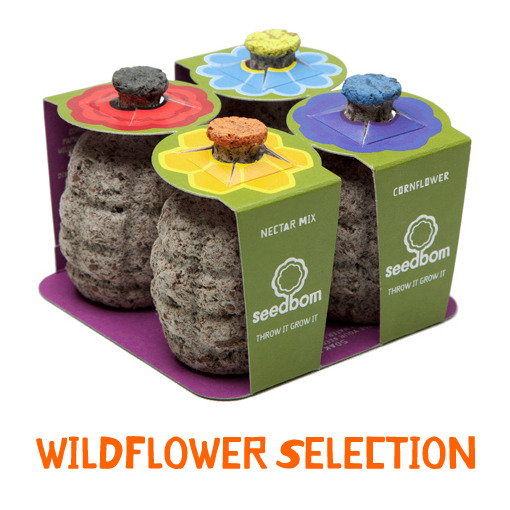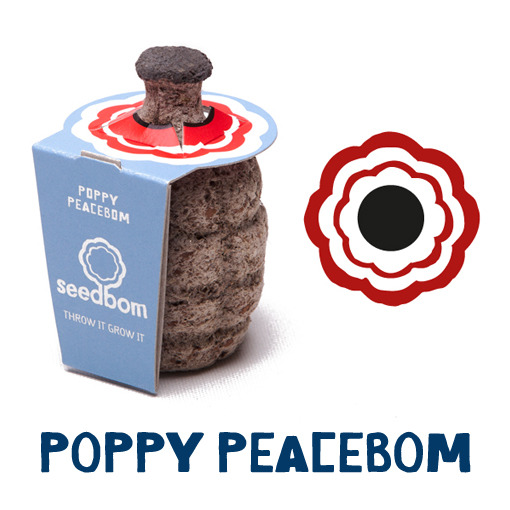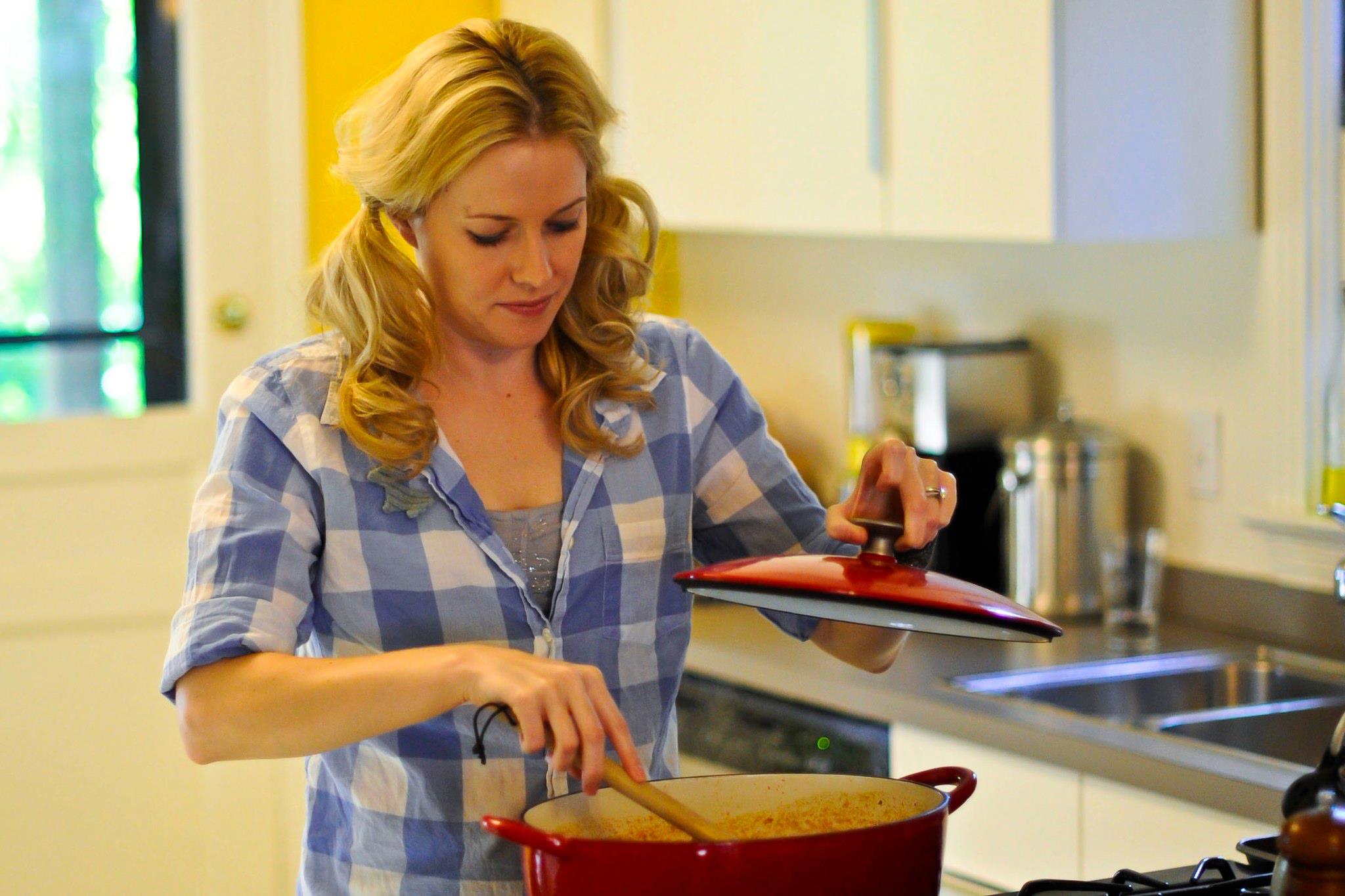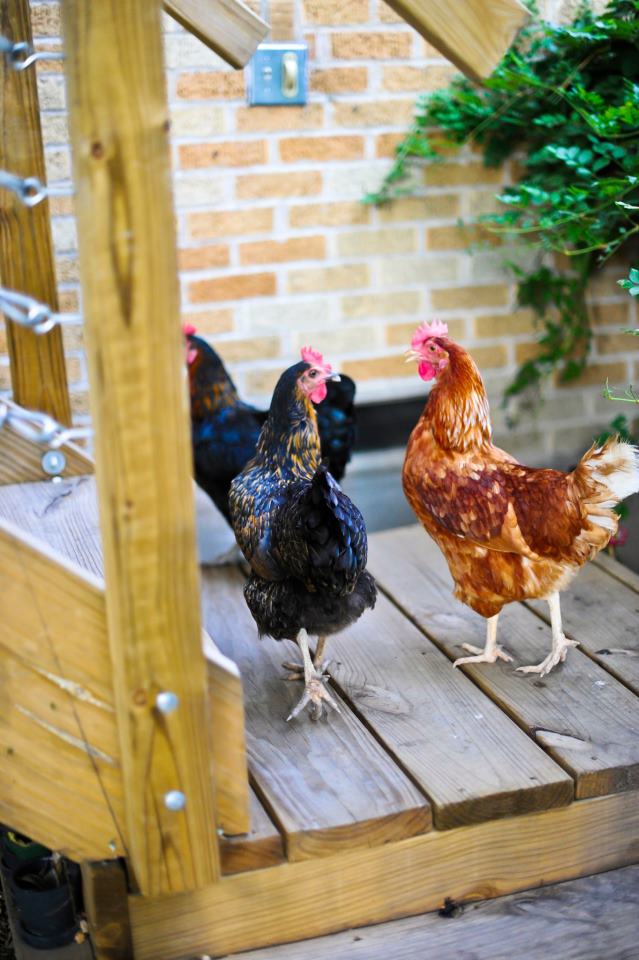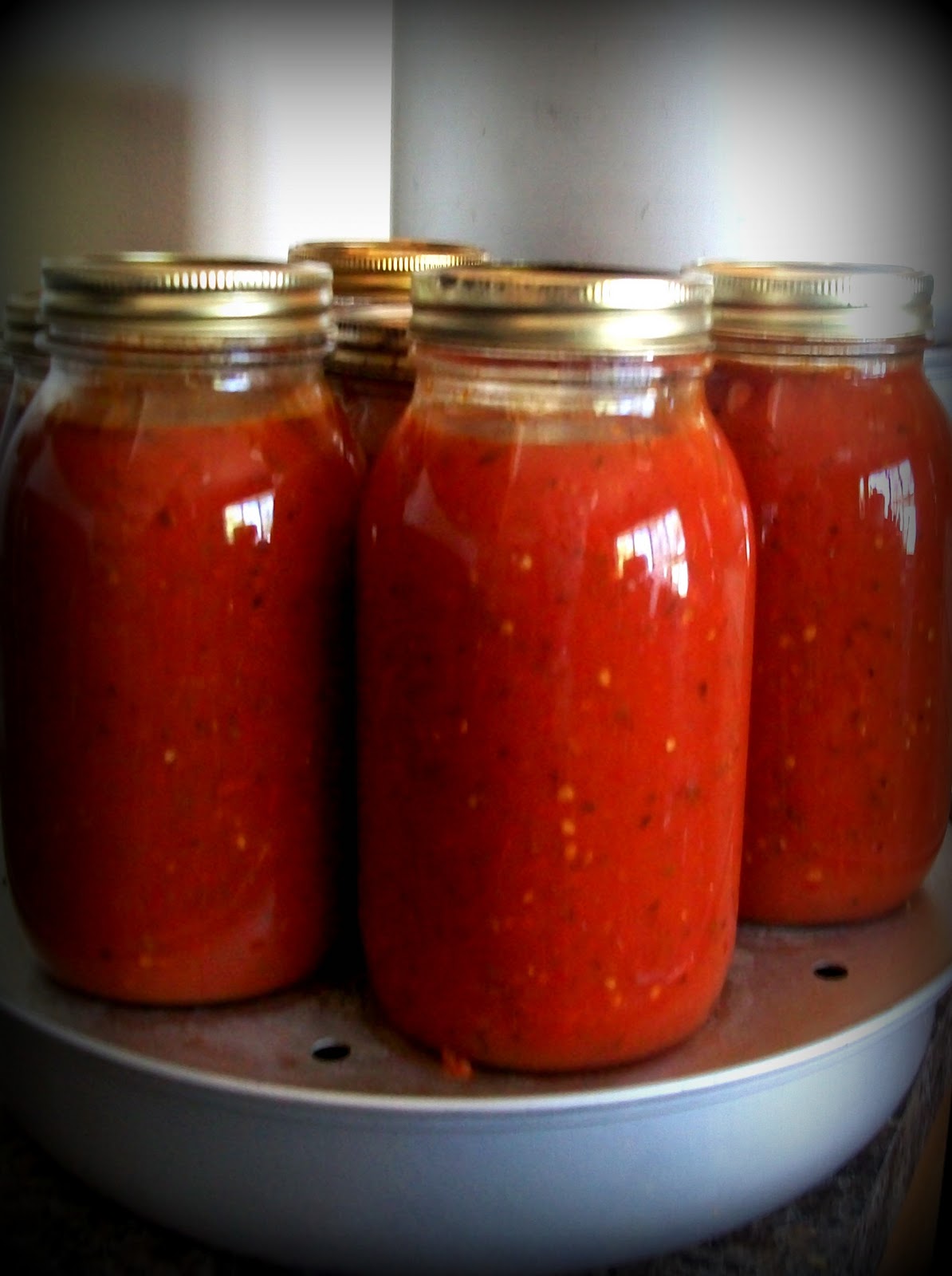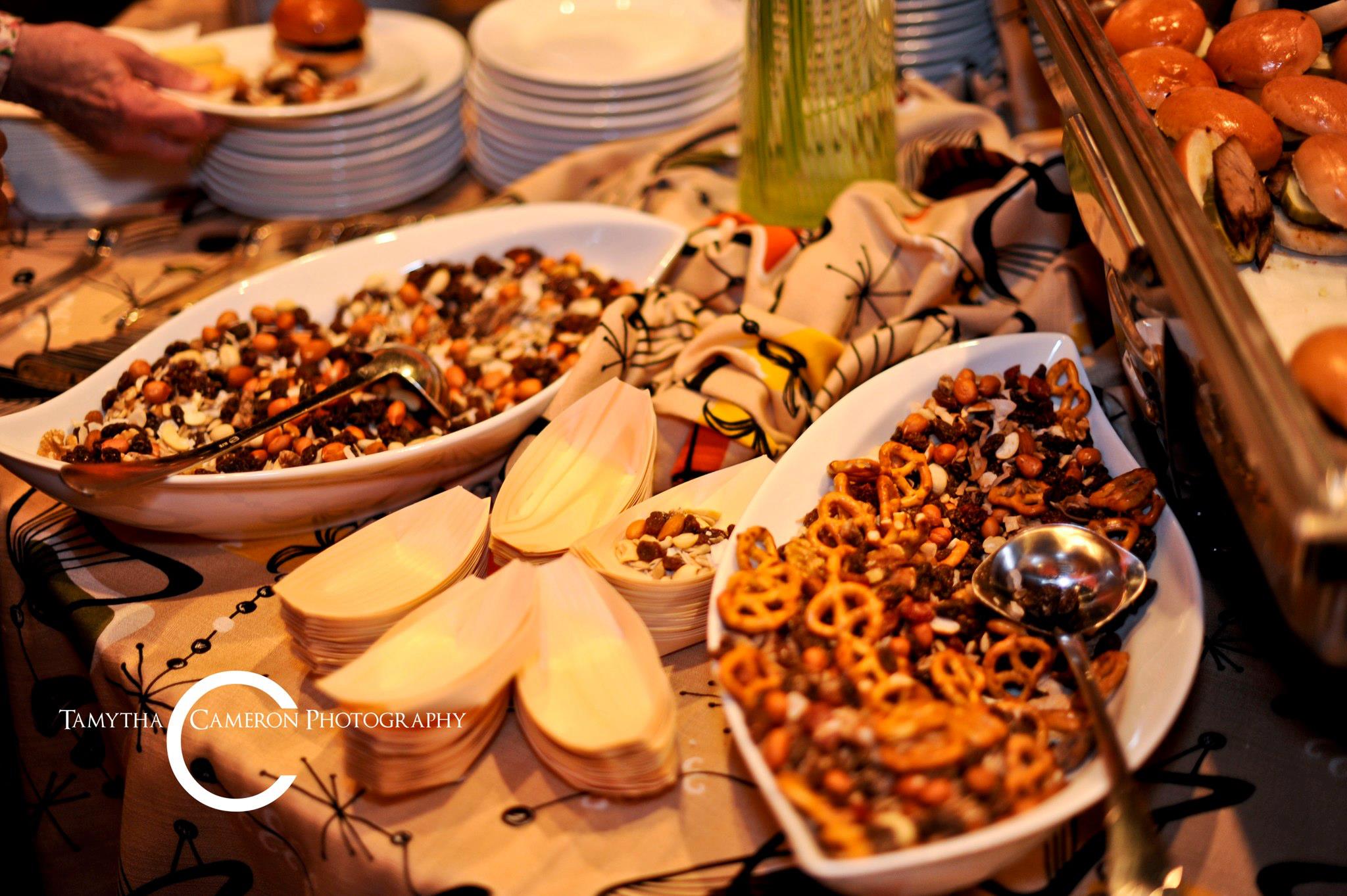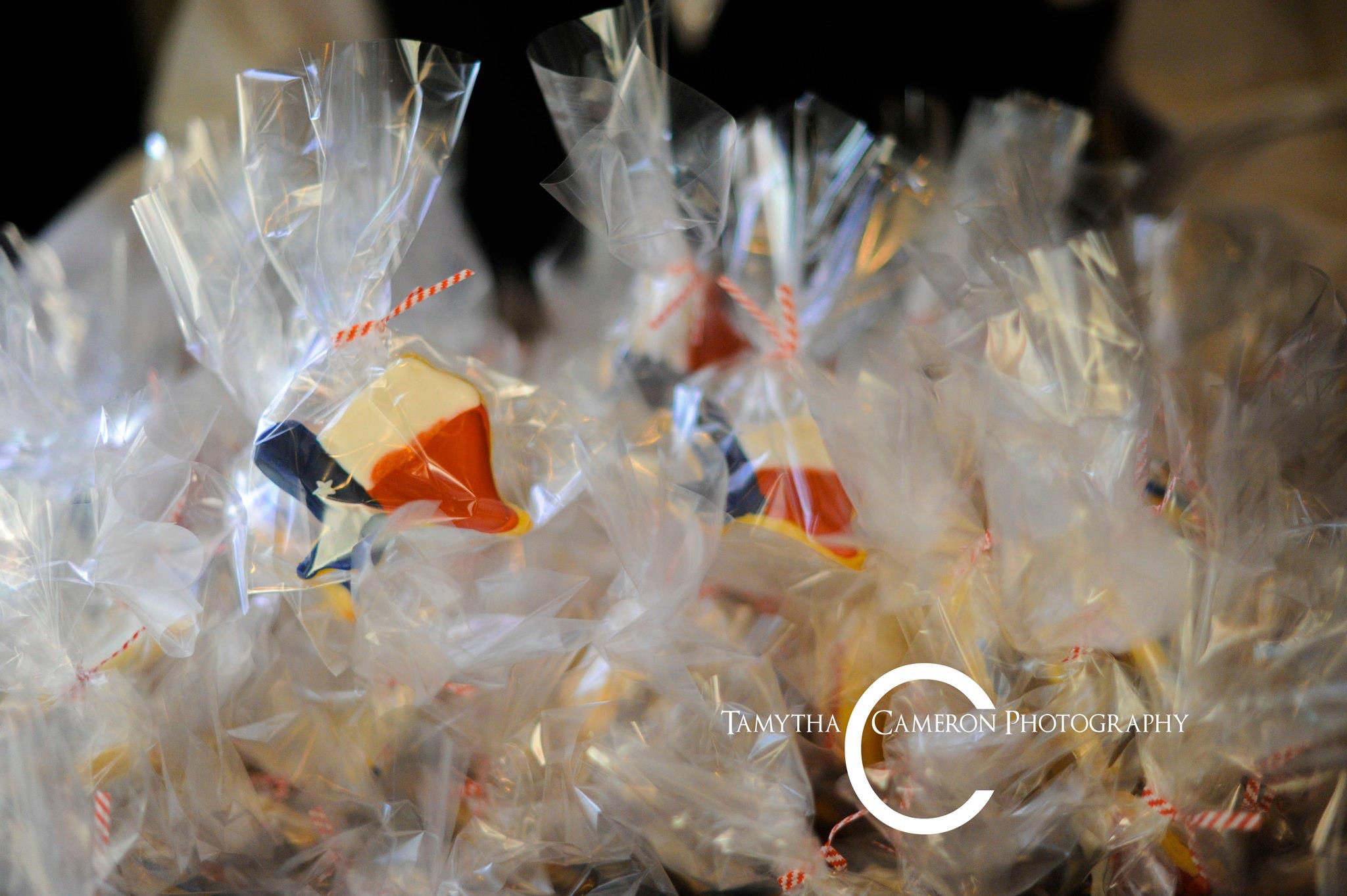One of my favorite gifts from my mom are wooden spoons. Oh the joys of a new spoon! Little ones, big ones, ones with holes for olives, and tiny ones for salt... Now, not everyone will shriek with happiness when present a tiny hand carved spoon. But i do! So I was thrilled to see this post from Creative Culinary (originally Bon Appetite Hon) Now I know what I will be making all my family and co-workers for Christmas.

Several months ago Wendi withBon Appetit Hon, did a post on Wood Butter; like you I had a moment of Huh? What? Well, typically called Spoon Oil, Wendi had decided that Wood Butter fit better and I agree; leave it to another food person to put the perfect name on this elixir that is so simple but so perfect for the care of the wood items we use in the kitchen. A necessity but also a bit indulgent…yes, butter is perfect! We need to take special care of our wood kitchen items in Denver due to the low humidity in our environment and I can be as lax as the next person. Making your own ‘wood butter’ makes it simple and inexpensive too. I was reminded by my friend Jennifer at Bread and Putter that it’s also magical hand lotion…and that it is!Though Wendi had to find an online resource for the beeswax part of the magic, I was lucky to find a local resource. Peak Candle Supplies provides beeswax in small pellets for easier melting; I bought two pounds which is enough for (48) 4 oz containers…um, that should be enough for awhile don’t you think? Finding the food grade mineral oil was easy once I finally remembered to put it on my grocery list; it’s typically available in the pharmacy. I now know why that poor guy gave me such a funny look when I lamented that I wish they had more than four bottles. I’ve always used it for wood conditioning; I’m thinking he was wondering why I needed more than four bottles of a laxative. Who knew?
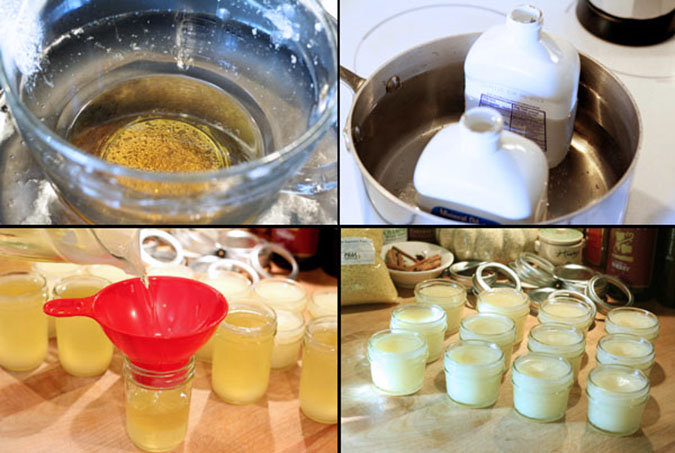
The process is easy but can be messy. Most ‘recipes’ include heating the wax in a mid size Ball jar in hot water and adding warmed mineral oil to the wax once it is melted. I preferred using a large glass measuring cup with a pour spout as I was going to be pouring the combined liquid into a whole bunch of small jars. I also used a funnel just for canning and it worked perfectly. The only negative to this method is the removal of the wax from the measuring cup and funnel. I decided since I’ll be doing this again, I’ll just save those two utensils just for this process and candle making and not worry about the residue layer that remained inside each.

What better way to show you the magic of Wood Butter than a Before and After photo. Totally untouched, promise. Everything in this photo has been treated with an application of wood butter including the bottom board. Simply apply a bit to a paper towel or a piece of cheesecloth and rub a dollop onto the surface until it’s rubbed in. The bowl in front was an inexpensive one I purchased from World Market and it was apparently never supposed to touch water. It did, I thought it ruined but ‘the butter’ did the trick. I found the wooden rolling pin at a yard sale and can’t believe the difference myself. All of my cutting boards have a renewed luster; in fact they seem new again. It is not a sage compound butter but it is a miracle butter!
Wood Butter – A Recipe for Your Utensils!Prep Time: 10 minutes
Cook Time: 35 minutes
A terrific homemade product to use for all of your wood kitchen products from wooden spoons to cutting boards.
INGREDIENTS
- 8 ounces pure beeswax - measured dry. One package of the pellets that I purchased weighed 16 ounces and I used half a package at a time.
- 32 ounces of mineral oil - typically packaged with 16 liquid ounces per container so I used 2 containers.
PREPARATION
- Bring a large saucepan filled with water to a gentle boil.
- Place your beeswax inside a 2 quart glass measuring cup or a 1 quart glass jar; set the glass into the gently boiling water.
- Place the container(s) of mineral oil inside another medium saucepan filled with water and heat to low.The mineral oil just needs to be warmed to mix with the beeswax; no need for a rolling boil.
- Once all the wax has melted, turn off the stove and carefully add the warmed mineral oil to the beeswax;stirring with a spoon to combine.
- Using a towel around the handle of the measuring cup, carefully pour the liquid into each jar fit with the canning funnel;filling them almost to the top.
- Finish filling all jars and wait for to cool and firm up before using.
Re-blogged from Creative Culinary
